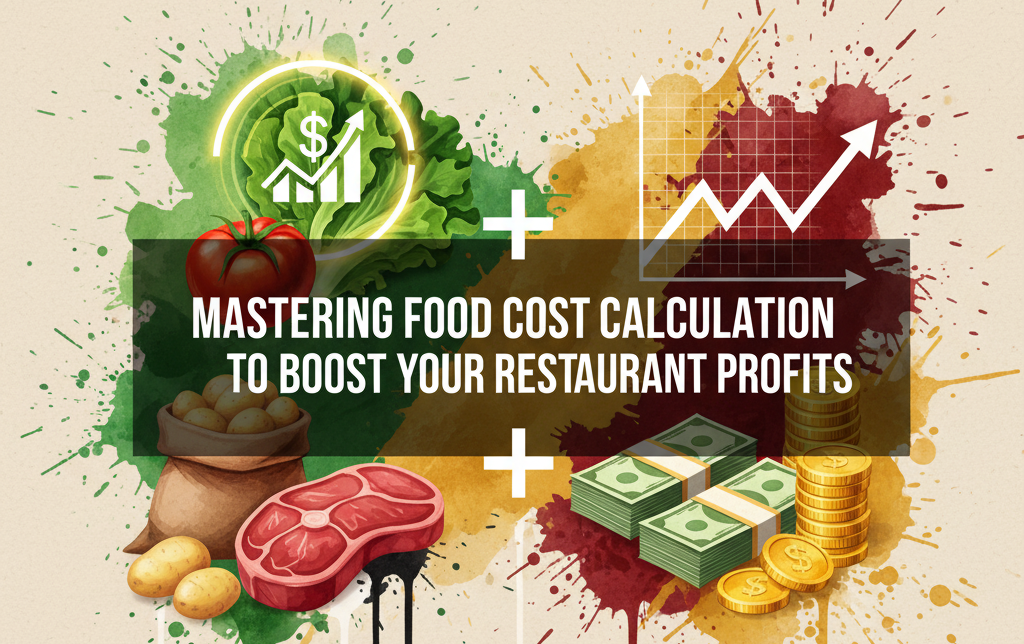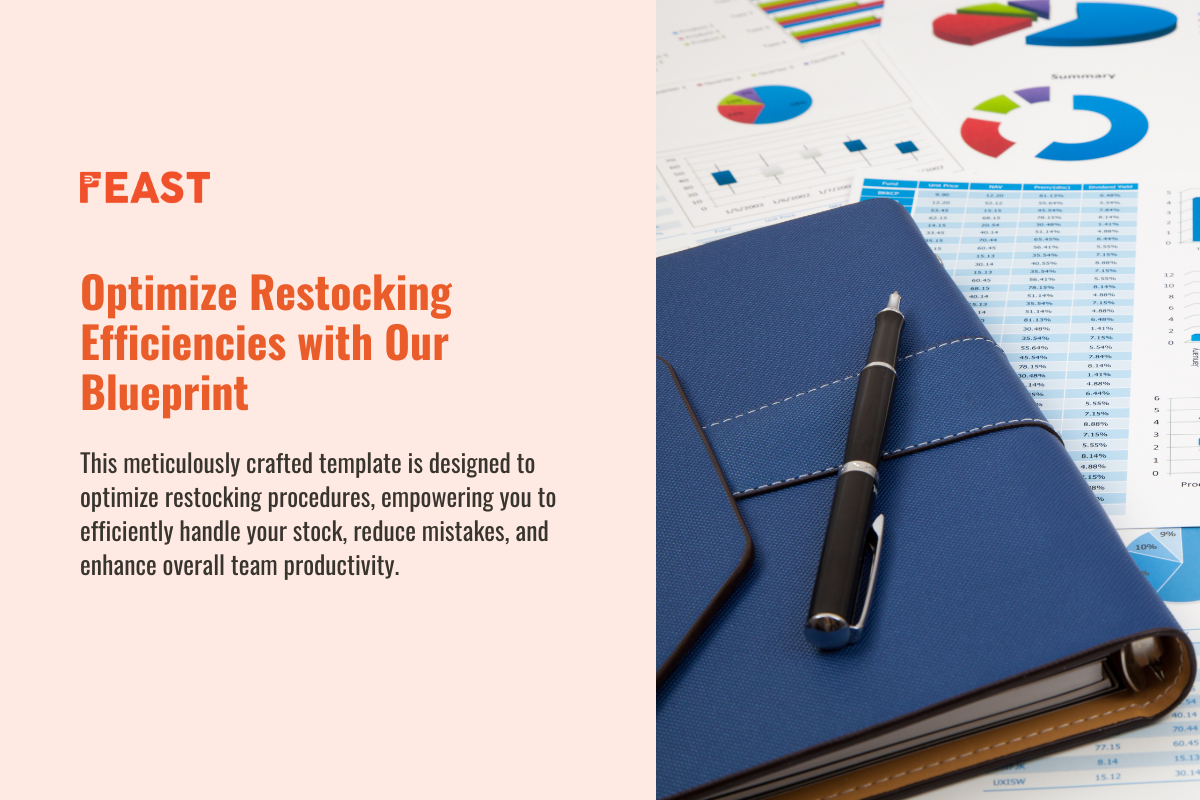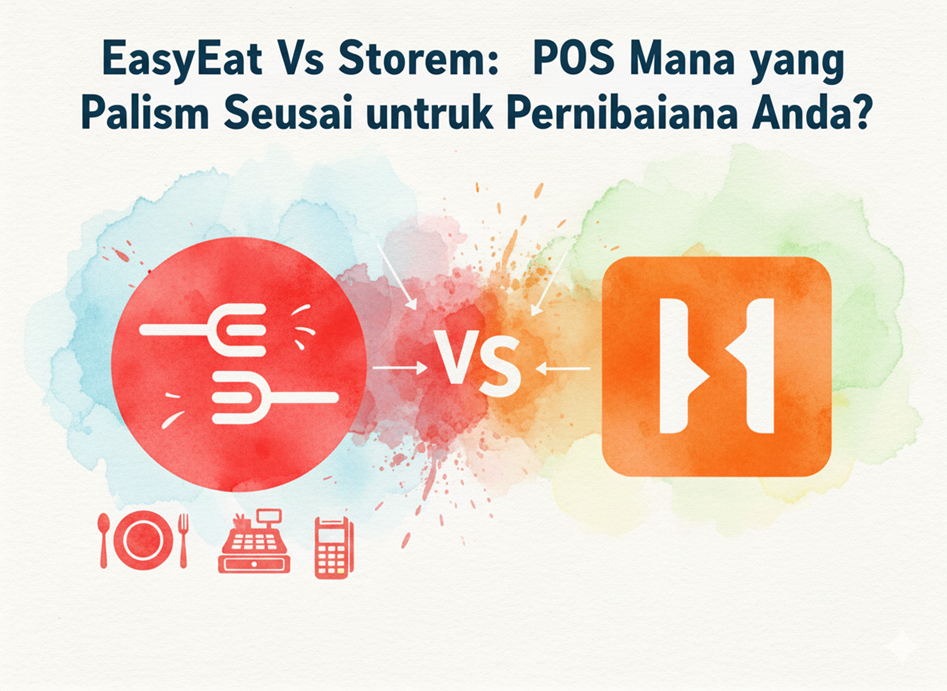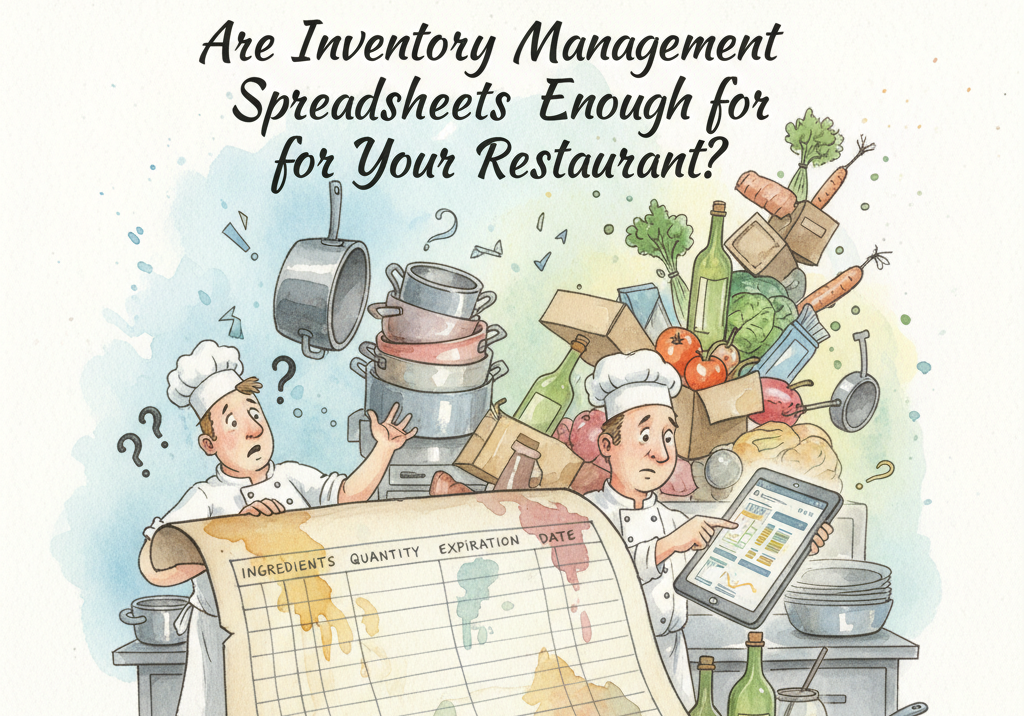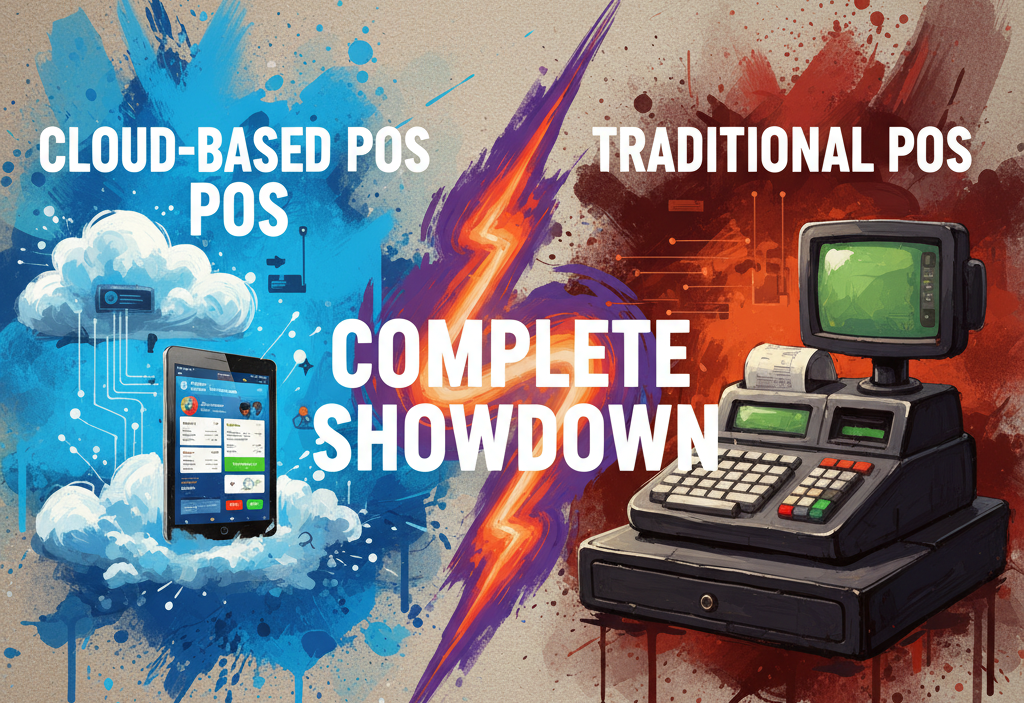When you are in the food business, every ringgit counts. You might be selling great food, but if your food cost calculation is not right, your profits can quietly slip away. Many restaurants lose money not because of poor sales, but because they do not keep track of how much their food truly costs them to prepare and serve. Understanding your food cost helps you set the right menu prices, control waste, and increase your profits without raising prices.
Let us break it down simply, what food cost really means, how you can calculate it, and how to measure your food cost ROI to see if your spending is paying off.
What Is Restaurant Food Cost
Food cost is the percentage of your revenue spent on ingredients used to prepare dishes. In simple terms, it shows how much of every RM1 earned goes toward buying food. For example, if your food cost is 35%, it means that for every RM1 you make from selling food, RM0.35 goes into ingredients.
Keeping your food costs under control is important because it directly affects your profit. According to a report by Malaysia’s Food Industry Review 2024, the average food cost in restaurants across Malaysia is between 28% and 35% of total sales. If it goes beyond this range, your profit margins can drop quickly, especially with rising ingredient prices.
A well-managed food cost gives you the freedom to offer promotions, absorb small price hikes from suppliers, and still earn well. It is the foundation of financial health in your restaurant.
How to Calculate Restaurant Food Cost
Now that you know what food cost is, the next step is to calculate it. The food cost formula is simple and can be applied to both individual dishes and your entire menu.
Here is the basic food cost formula:
Food Cost (%) = (Cost of Ingredients / Selling Price) × 100
Let us look at an example:
If a nasi lemak costs you RM5 in ingredients and you sell it for RM15, your food cost would be:
(5 ÷ 15) × 100 = 33.3%
This means 33.3% of your revenue from that dish is spent on ingredients.
To calculate the overall food cost for your restaurant, you can use this formula:
Total Food Cost (%) = (Total Cost of Food Used / Total Food Sales) × 100
So, if you spend RM30,000 on food in a month and your total food sales are RM100,000, your total food cost is:
(30,000 ÷ 100,000) × 100 = 30%
That is within the healthy range.
If you want to make this process faster, you can use this food cost calculator tool. Many POS and inventory systems now include automated food cost tracking, saving you hours of manual work each week.
Why Food Cost Changes Frequently
You might have noticed your food costs fluctuating each month. That is completely normal. Prices of ingredients change, especially items like chicken, seafood, and cooking oil. According to the Department of Statistics Malaysia (DOSM), food prices rose by 4.4% in 2024, mainly due to higher global supply costs and local transportation expenses.
Other factors that affect your food cost include portion sizes, staff mistakes, and food waste. For example, if your kitchen staff overportion dishes or if food spoils due to poor storage, your actual food cost increases even if your sales stay the same.
Keeping detailed records of your ingredient purchases and regularly reviewing them helps you stay in control. Regular food cost calculation ensures you are not losing money unnoticed.
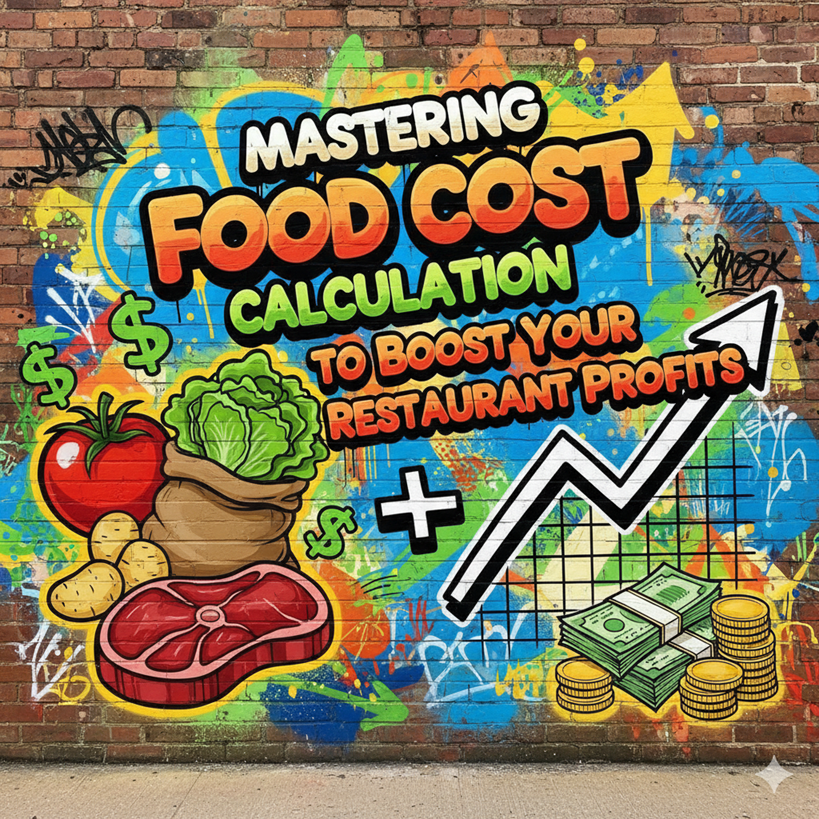
What Is Food Cost ROI
Food Cost ROI (Return on Investment) tells you how much profit you are making from the money you spend on ingredients. It is a smart way to see if your spending on food is giving you good returns.
Here is the simple food cost ROI formula:
Food Cost ROI = (Revenue from Food – Cost of Food) ÷ Cost of Food × 100
Let us say your monthly food sales are RM100,000 and your total food cost is RM30,000.
Your ROI = (100,000 – 30,000) ÷ 30,000 × 100 = 233%
This means you earn RM2.33 for every RM1 spent on food ingredients. A higher ROI means you are managing your costs well and getting good value from your purchases.
If your ROI drops below 200%, it is a sign to review your pricing, portion sizes, and supplier contracts.
Why Food Cost ROI Matters
Tracking your food cost ROI helps you see beyond sales numbers. You might have busy days, but if your ROI is low, it means your profit margins are thinner than they should be.
Understanding ROI helps you make better pricing decisions. For example, if your ROI on seafood dishes is low because of high ingredient costs, you can either adjust the selling price, reduce portion sizes slightly, or negotiate better deals with suppliers.
It also helps you evaluate the success of your menu. If certain dishes bring a higher ROI, you know which items to promote more often.
Tips to Improve Food Cost and ROI
Start by doing your food cost calculation regularly, weekly, or biweekly. This keeps you updated on changes and helps you react quickly. Make sure to track every ingredient that goes into a dish, even small items like sauces and garnishes.
Use an inventory management system that automatically updates ingredient costs and gives real-time reports. Software like Food Market Hub can help you track purchase prices, reduce waste, and sync your kitchen operations with your POS system. With that visibility, you can lower food waste and increase profit margins by up to 25%, according to Food Market Hub Malaysia data (2024).
You can also improve your food cost ROI by training staff on portion control, storing ingredients properly, and planning your menu based on seasonal availability. Buying ingredients in bulk or from local suppliers can also reduce cost fluctuations.
Why Consistent Food Cost Tracking Is Key
Calculating your food cost once is not enough. Ingredient prices change, menus evolve, and customer preferences shift. Regular tracking helps you maintain consistency in pricing and portioning, ensuring that every RM spent is justified.
When you have a clear picture of your food cost and ROI, you can confidently make data-driven decisions. You can plan promotions, adjust menu prices strategically, and make sure your kitchen is operating efficiently.
By keeping your front-of-house and back-of-house data in sync, you not only control costs but also build a more sustainable and profitable food business.
Mastering food cost calculation is not about crunching numbers; it is about understanding your business better. When you know exactly how much you spend and earn from every dish, you gain control over your profits.
Start by calculating your food cost regularly, tracking changes in ingredient prices, and measuring your food cost ROI to know whether your money is being well spent. With the right systems and awareness, you will see how small adjustments in cost management can lead to big gains over time.

